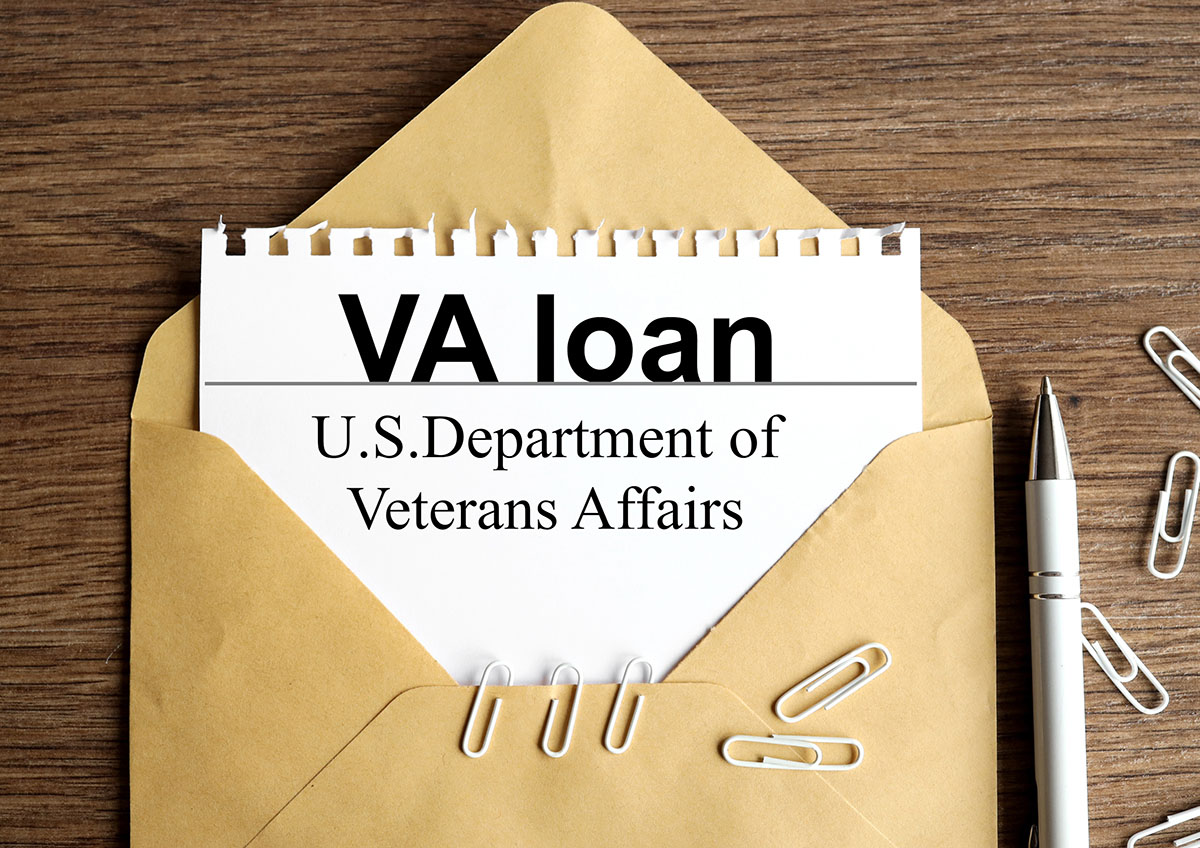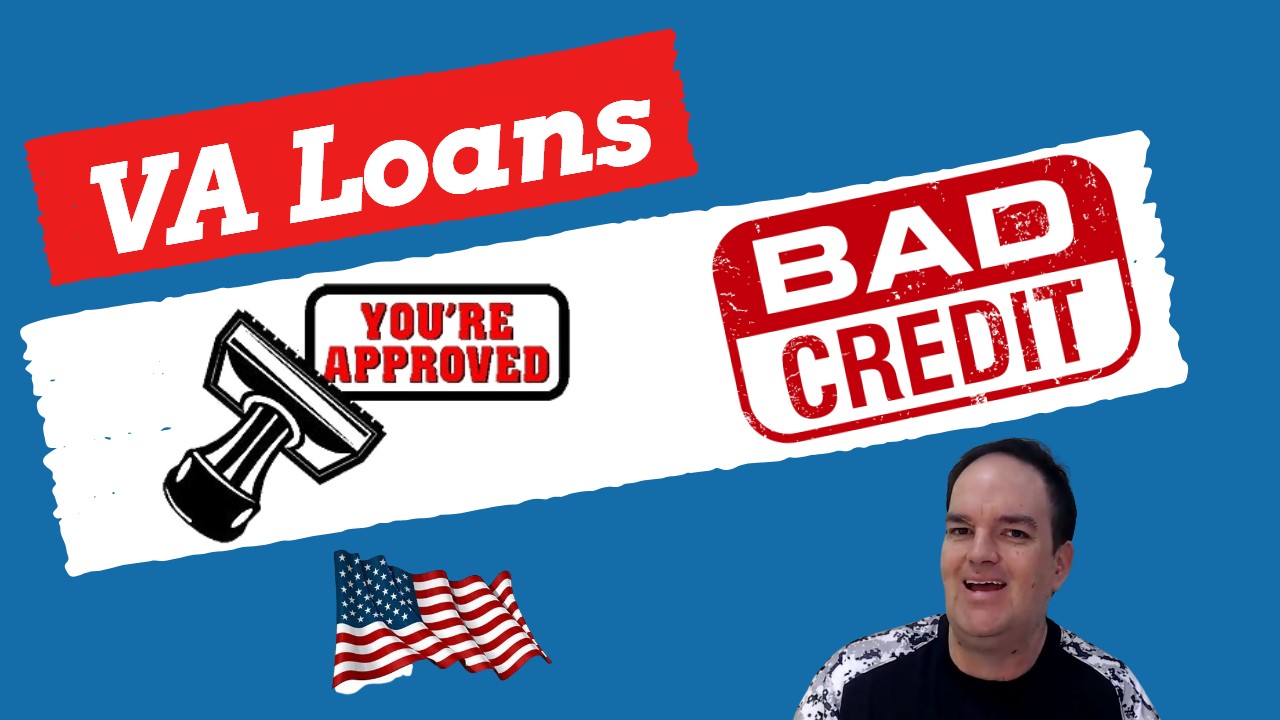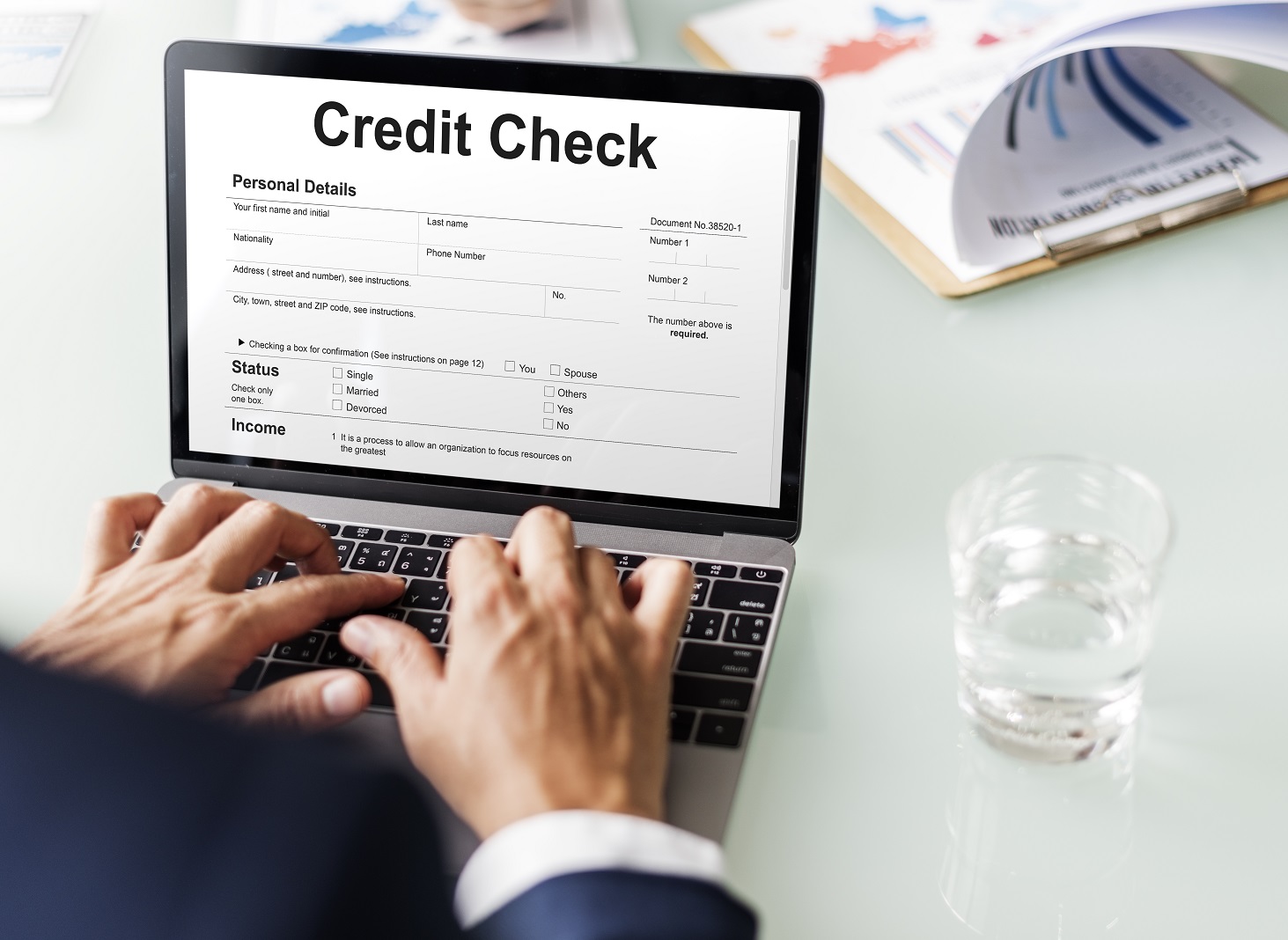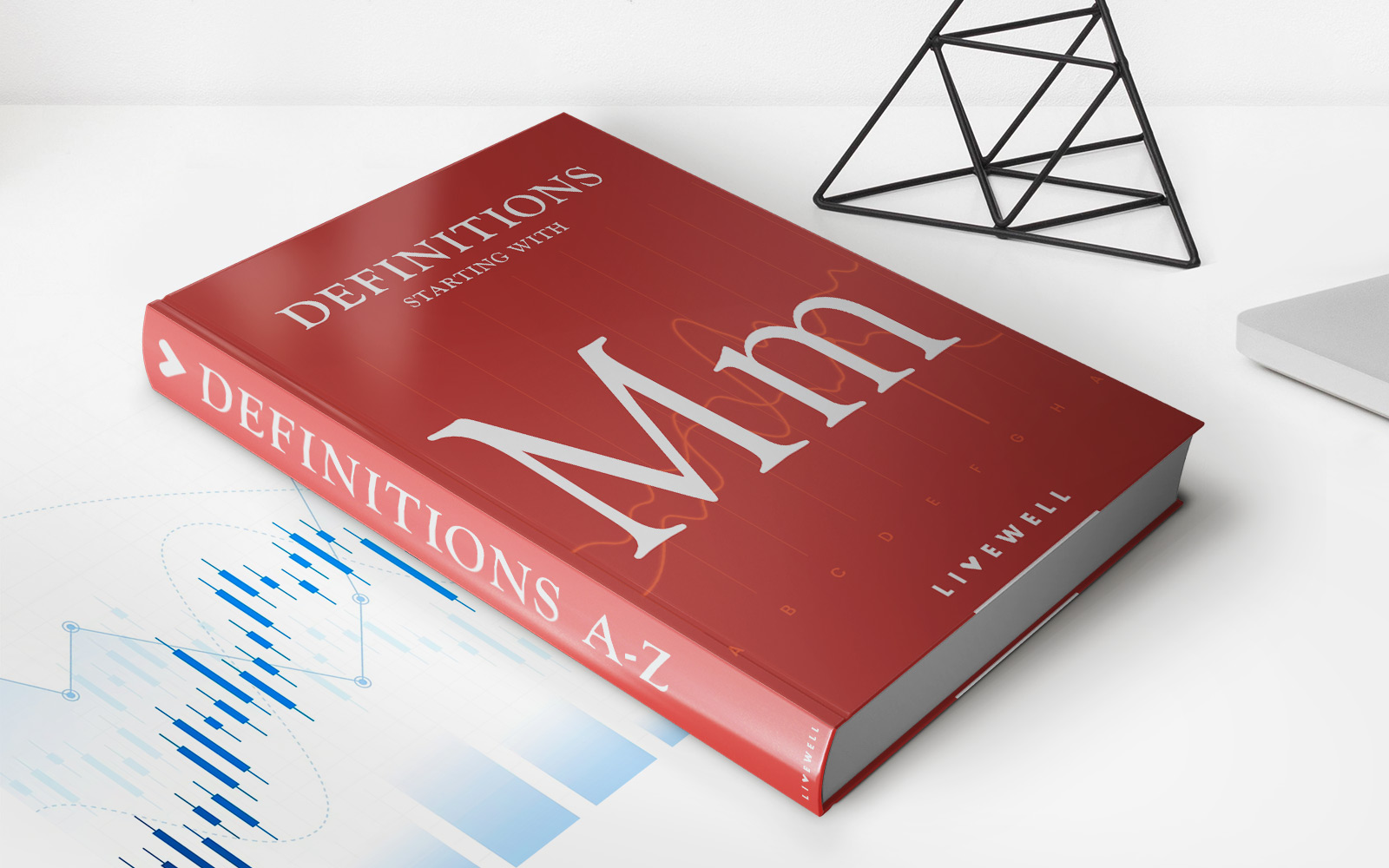

Finance
How Much Is The Funding Fee For VA Loan
Published: December 22, 2023
Calculate the funding fee for a VA loan and plan your finances accordingly. Understand the costs involved in obtaining financing for your home.
(Many of the links in this article redirect to a specific reviewed product. Your purchase of these products through affiliate links helps to generate commission for LiveWell, at no extra cost. Learn more)
Table of Contents
Introduction
Getting a mortgage loan can be a major financial undertaking, especially for those who have served in the military. Thankfully, the Department of Veterans Affairs (VA) offers a unique home loan program tailored for current and former military personnel: the VA Loan.
VA Loans provide veterans and active-duty military members with the opportunity to become homeowners with a range of benefits, including no down payment and more lenient credit requirements. However, one important factor to consider when taking out a VA Loan is the funding fee.
The funding fee is a mandatory cost that helps to offset the financial risk that the VA takes on by guaranteeing the loan. It is important for borrowers to understand how the funding fee works and how it will impact the overall cost of their loan.
In this comprehensive guide, we will delve into the world of VA Loan funding fees and provide you with all the information you need to make an informed decision about your home loan.
What is a VA Loan?
A VA Loan is a mortgage loan program that is available to veterans, active-duty service members, National Guard members, and surviving spouses of military personnel. It is backed by the Department of Veterans Affairs (VA) and offers a range of benefits that make homeownership more accessible to those who have served in the military.
One of the key advantages of a VA Loan is that it does not require a down payment. This means that eligible borrowers can finance the entire purchase price of a home without having to put any money down. This can be a significant advantage, especially for those who may not have saved up a large amount of cash for a down payment.
In addition to the no down payment feature, VA Loans also have more lenient credit requirements compared to conventional loans. While credit standards still exist, they are often more flexible, making it easier for veterans and military personnel to qualify for a loan.
Another benefit of VA Loans is that they do not require private mortgage insurance (PMI). PMI is usually required on conventional loans when borrowers put less than 20% down. By not requiring PMI, VA Loans help borrowers save on monthly mortgage payments.
Furthermore, VA Loans offer competitive interest rates, which can help borrowers save money over the life of their loan. The VA does not set the interest rates, but they negotiate with approved lenders to ensure that veterans and military personnel receive fair and favorable rates.
It’s important to note that while the VA guarantees a portion of the loan amount, the borrower is still responsible for repaying the loan to the lender. The VA’s guarantee helps lenders feel more confident in offering favorable terms to borrowers, but it does not relieve the borrower of their obligation to repay the loan.
In summary, a VA Loan is a mortgage loan program specifically designed for veterans and active-duty military personnel. It offers a range of benefits, including no down payment, flexible credit requirements, no PMI, and competitive interest rates.
Understanding the Funding Fee
When obtaining a VA Loan, borrowers are required to pay a funding fee, which is a one-time cost that helps to sustain the VA Loan program and offset potential losses. The funding fee is mandatory and is paid directly to the Department of Veterans Affairs.
The funding fee amount is determined by a variety of factors, including the borrower’s military category, whether it’s the borrower’s first or subsequent use of a VA Loan, and the down payment amount (if any). It is typically calculated as a percentage of the loan amount.
The purpose of the funding fee is to reduce the burden on taxpayers and ensure the long-term viability of the VA Loan program. This fee not only helps the VA continue to guarantee loans for future generations of veterans, but it also helps make the program available to more borrowers by eliminating the need for monthly mortgage insurance.
It’s important to note that the funding fee is separate from other closing costs associated with the loan, such as appraisal fees, title insurance, and origination fees. These additional costs are determined by the lender and may vary based on factors such as the loan amount and the location of the property.
The funding fee can be paid upfront as a lump sum at the time of closing or rolled into the loan amount, which means it will be financed over the life of the loan. Rolling the funding fee into the loan may increase the total amount borrowed and result in more interest being paid over time.
It’s essential for borrowers to factor in the funding fee when planning their VA Loan budget. The amount of the funding fee can vary depending on individual circumstances, so it’s crucial to consult with a loan officer or use the VA’s funding fee calculator to get an accurate estimate of the cost.
By understanding the purpose of the funding fee and how it contributes to the overall cost of a VA Loan, borrowers can make informed decisions and budget effectively to achieve their homeownership goals.
Factors Affecting the Funding Fee
The funding fee for a VA Loan is influenced by several key factors. Understanding these factors can help borrowers anticipate their funding fee costs and plan accordingly.
1. Military Category: The funding fee varies based on the borrower’s military category. Generally, regular military borrowers pay a lower funding fee compared to Reservists and National Guard members. The specific percentage depends on whether it’s the borrower’s first time using a VA Loan or subsequent use.
2. Down Payment Amount: The funding fee can be reduced if the borrower makes a down payment. The percentage decreases as the down payment amount increases. For example, borrowers who make a down payment of at least 5% may qualify for a reduced funding fee.
3. Use of Funds: The funding fee is different for first-time use and subsequent use of the VA Loan. For subsequent use, the funding fee is higher because the VA perceives a higher risk. It’s important to note that subsequent use does not mean refinancing but rather using the VA Loan benefit again to purchase a different property.
4. Reservist or National Guard Borrowers: Reservists and National Guard members typically pay a slightly higher funding fee compared to regular military borrowers. The funding fee percentages are slightly adjusted to account for the different military service categories.
5. Disability Status: Disabled veterans may be eligible for a funding fee exemption. If the borrower receives disability compensation from the VA or is eligible to receive it, they may be exempt from paying the funding fee. It’s important to provide the necessary documentation to prove disability status when applying for a VA Loan.
It’s important to remember that the specific percentages and factors affecting the funding fee can change over time. The VA regularly reviews and updates the funding fee structure, so borrowers should consult the latest guidelines or speak with a loan officer to determine the accurate funding fee amount based on their circumstances.
By considering these factors, borrowers can estimate their funding fee cost and determine the most suitable financing option for their needs.
Calculation of the Funding Fee
The funding fee for a VA Loan is calculated as a percentage of the loan amount. It is important for borrowers to understand how the funding fee is calculated to accurately determine the upfront cost of obtaining a VA Loan.
The specific funding fee percentage varies depending on several factors, including the borrower’s military category, whether it’s their first or subsequent use of a VA Loan, and the down payment amount (if any).
To calculate the funding fee, borrowers can use the following steps:
Step 1: Determine the Loan Amount
The loan amount is the total amount of money being borrowed to purchase the home. For example, if the purchase price of the home is $250,000 and the borrower is not making a down payment, the loan amount will also be $250,000.
Step 2: Determine the Funding Fee Percentage
Consult the VA’s funding fee tables to determine the specific funding fee percentage based on the borrower’s military category and whether it’s their first or subsequent use of a VA Loan. For example, a regular military borrower making a first-time use of a VA Loan may have a funding fee percentage of 2.3%.
Step 3: Calculate the Funding Fee
Multiply the loan amount by the funding fee percentage to calculate the funding fee. Using the example above, if the loan amount is $250,000 and the funding fee percentage is 2.3%, the funding fee would be $5,750 (250,000 x 0.023).
It’s important to note that if the borrower is making a down payment, the funding fee percentage may be reduced. In such cases, the funding fee calculation would be based on the adjusted loan amount after accounting for the down payment.
For example, if the borrower is making a 5% down payment on a $250,000 home, the loan amount would be $237,500 ($250,000 – ($250,000 x 0.05)). The funding fee would then be calculated based on the adjusted loan amount.
By understanding the calculation of the funding fee, borrowers can accurately estimate the upfront cost associated with obtaining a VA Loan. It’s important to factor in this cost when budgeting for homeownership and consult with a loan officer to determine the most suitable financing option for individual circumstances.
Funding Fee Exemptions and Reductions
While the funding fee is a mandatory cost for most VA Loan borrowers, there are certain circumstances that may qualify for exemptions or reductions. These exemptions and reductions can help eligible borrowers save on upfront costs when obtaining a VA Loan.
1. Disability Compensation: Veterans who receive disability compensation from the Department of Veterans Affairs are typically eligible for a funding fee exemption. This exemption applies to both service-connected disabilities and non-service-connected disabilities. To qualify for the exemption, borrowers need to provide the necessary documentation to prove their disability status.
2. Purple Heart Recipients: Veterans who have received a Purple Heart medal for their service-related injuries may be eligible for a funding fee exemption. This exemption recognizes the sacrifices made by these veterans and provides them with a benefit that helps ease the financial burden of obtaining a VA Loan.
3. Surviving Spouses: Surviving spouses of military personnel who died in the line of duty or as a result of a service-connected disability may be eligible for a funding fee exemption. This exemption provides support to the surviving spouses and allows them to access the benefits of a VA Loan without the burden of the funding fee.
4. Active Duty: Active-duty service members who are receiving compensation for a service-related disability, regardless of the disability rating, may be eligible for a funding fee reduction. This reduction acknowledges the sacrifices made by active-duty personnel and provides them with a more affordable option when obtaining a VA Loan.
5. Down Payment: Making a down payment can also result in a reduction of the funding fee percentage. The exact reduction amount depends on the size of the down payment. For example, a 10% down payment may result in a lower funding fee compared to no down payment. This reduction provides an incentive for borrowers to contribute a portion of the purchase price upfront.
It’s important for borrowers to explore these exemptions and reductions to determine if they qualify for any cost-saving benefits. The documentation required to claim these benefits may vary, so it is advisable to consult with a loan officer or VA representative to understand the specific requirements.
By understanding the funding fee exemptions and reductions, borrowers can take advantage of potential cost savings, making the path to homeownership more accessible and affordable.
How to Pay the Funding Fee
Paying the funding fee for a VA Loan is an important step in the mortgage process. It is crucial for borrowers to understand the payment options available to them and choose the method that best suits their financial situation. Here are the common ways to pay the funding fee:
1. Lump Sum Payment: The most straightforward option is to pay the funding fee as a lump sum at the time of loan closing. The fee can be paid using personal funds, or it can be included in the total closing costs. This method allows borrowers to avoid financing the funding fee into the loan amount and potentially paying interest on it over the loan term.
2. Rolled into Loan: Borrowers also have the option to finance the funding fee by rolling it into the total loan amount. This means that the funding fee is added to the principal balance and paid off over time, along with the mortgage payments. While this option can increase the total loan amount and result in more interest being paid, it does provide borrowers with the flexibility to conserve their cash and spread out the cost over the loan term.
It’s important to note that the decision of how to pay the funding fee should be based on individual circumstances and financial goals. Some borrowers may prefer to pay the fee upfront to minimize the overall cost of the loan, while others may prefer to include it in the loan amount to preserve their cash reserves for other purposes.
When determining the best payment method, borrowers should consider their current financial situation, long-term goals, and consult with a loan officer or VA representative. They can provide guidance and help borrowers make an informed decision that aligns with their individual needs.
Additionally, it’s worth noting that certain funding fee exemptions, such as those for disabled veterans or surviving spouses, may eliminate the need to pay the funding fee altogether. These individuals should ensure they provide the necessary documentation to claim their exemption and avoid unnecessary fees.
By understanding the payment options available and considering their financial circumstances, borrowers can choose the most suitable method of paying the funding fee for their VA Loan.
Pros and Cons of the VA Loan Funding Fee
Like any financial decision, it’s important to weigh the pros and cons of paying the funding fee for a VA Loan. Understanding the benefits and potential drawbacks can help borrowers make an informed decision. Here are some pros and cons of the VA Loan funding fee:
Pros:
- Access to Benefits: The funding fee helps sustain the VA Loan program, allowing veterans and military personnel to access favorable terms and benefits that they may not otherwise qualify for.
- No Down Payment: One of the major advantages of a VA Loan is the ability to purchase a home without a down payment. Despite the funding fee, borrowers can still take advantage of this no down payment benefit.
- No Private Mortgage Insurance (PMI): By eliminating the need for PMI, the funding fee helps borrowers save on monthly mortgage payments compared to conventional loans that require PMI for low down payments.
- Flexible Credit Requirements: VA Loans often have more lenient credit requirements, making it easier for borrowers to qualify and obtain financing for their dream home.
- Competitive Interest Rates: VA Loans generally offer competitive interest rates negotiated by the VA with approved lenders, helping borrowers save money over the life of the loan.
Cons:
- Upfront Cost: The funding fee is an additional upfront cost that borrowers need to consider when planning their home purchase. It can range from a few thousand dollars to a significant percentage of the loan amount.
- Increased Loan Amount: Financing the funding fee by rolling it into the loan amount will increase the total amount borrowed and can potentially result in more interest being paid over the life of the loan.
- Non-Refundable: Once the funding fee is paid, it is non-refundable, even if the loan is refinanced or paid off early. Borrowers should take this into account when deciding how to pay the funding fee.
It’s important for borrowers to carefully evaluate their financial situation, long-term goals, and individual preferences when considering the pros and cons of the VA Loan funding fee. Consulting with a loan officer or VA representative can provide further guidance and help borrowers make an informed decision.
Ultimately, the benefits of the VA Loan program, including no down payment, no PMI, and competitive interest rates, may outweigh the drawbacks of the funding fee for many veterans and military personnel.
Conclusion
Obtaining a VA Loan can be an excellent opportunity for veterans and military personnel to achieve the dream of homeownership. While the funding fee is an additional cost to consider, it helps sustain the VA Loan program and provides borrowers with access to unique benefits and favorable terms.
Understanding the intricacies of the funding fee is crucial for making informed decisions. Factors such as military category, use of funds, and down payment amount can affect the funding fee percentage. Additionally, exemptions and reductions are available for certain individuals, such as disabled veterans and surviving spouses.
When it comes to paying the funding fee, borrowers have the option to pay it upfront as a lump sum or roll it into the loan amount. The choice should be based on individual circumstances and financial goals.
Overall, the pros of the VA Loan funding fee, such as no down payment, no PMI, and competitive interest rates, often outweigh the cons. It is essential for borrowers to carefully evaluate their financial situation and consult with a loan officer or VA representative to make the best decision for their specific needs.
By understanding the various aspects of the funding fee and considering the benefits it provides, veterans and military personnel can navigate the VA Loan process with confidence and take advantage of the opportunities available to them.
In conclusion, the VA Loan funding fee is a necessary cost that supports the VA Loan program and provides access to favorable lending terms for veterans and military personnel. With proper knowledge and guidance, borrowers can maximize the benefits of the program and embark on their journey to homeownership.














